Feature
-
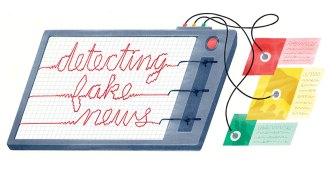 Science & Society
Science & SocietyPeople are bad at spotting fake news. Can computer programs do better?
Fake news–finding algorithms could someday make up the front lines of online fact checking.
-
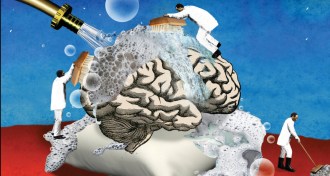 Health & Medicine
Health & MedicineThe brain may clean out Alzheimer’s plaques during sleep
Sleep deprivation may speed up development of Alzheimer’s disease.
By Laura Beil -
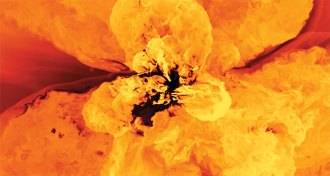 Astronomy
AstronomyThe ecosystem that controls a galaxy’s future is coming into focus
An invisible cloak called the circumgalactic medium controls a galaxy’s life and death.
-
 Health & Medicine
Health & MedicineHow to make CAR-T cell therapies for cancer safer and more effective
CAR-T cell therapy was approved by the FDA in late 2017. Now, scientists are working to tame the cancer treatment’s side effects.
-
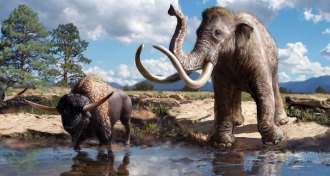 Climate
ClimateWhy won’t this debate about an ancient cold snap die?
Critics are still unconvinced that a comet caused a mysterious cold snap 12,800 years ago.
-
 Genetics
GeneticsDNA testing can bring families together, but gives mixed answers on ethnicity
DNA testing has become a new way for millions of Americans to expand their family trees and learn something about themselves, but results vary widely.
-
 Physics
PhysicsIn her short life, mathematician Emmy Noether changed the face of physics
A century after she published a groundbreaking mathematical theory, Emmy Noether gets her due.
-
 Genetics
GeneticsWhat consumer DNA data can and can’t tell you about your risk for certain diseases
Consumers face lots of choices and unanswered questions when they get personal genomic information related to disease risk from the Internet.
-
 Tech
TechFuture smart clothes could pack serious gadgetry
Casual daywear may someday contain some serious tech. But engineers have to take conventional electronics and make them comfortable to wear.
By Maria Temming and Mariah Quintanilla -
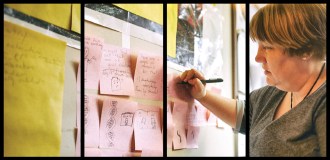 Genetics
GeneticsConsumer DNA testing promises more than it delivers
Chances are your DNA doesn’t contain dark secrets. But there may be lots of variety in results from testing company to company.
-
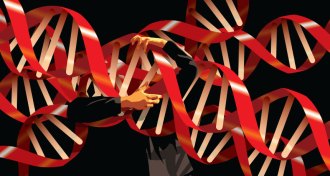 Genetics
GeneticsSpecial report: Genetic testing goes mainstream
Consumer genetic tests may not tell customers that much about themselves. Science News delves into these tests in a multipart series.
-
 Plants
PlantsMeet the speedsters of the plant world
Researchers have recently uncovered a diverse array of mechanisms that allow plants to move — often faster than the blink of an eye.
By Dan Garisto